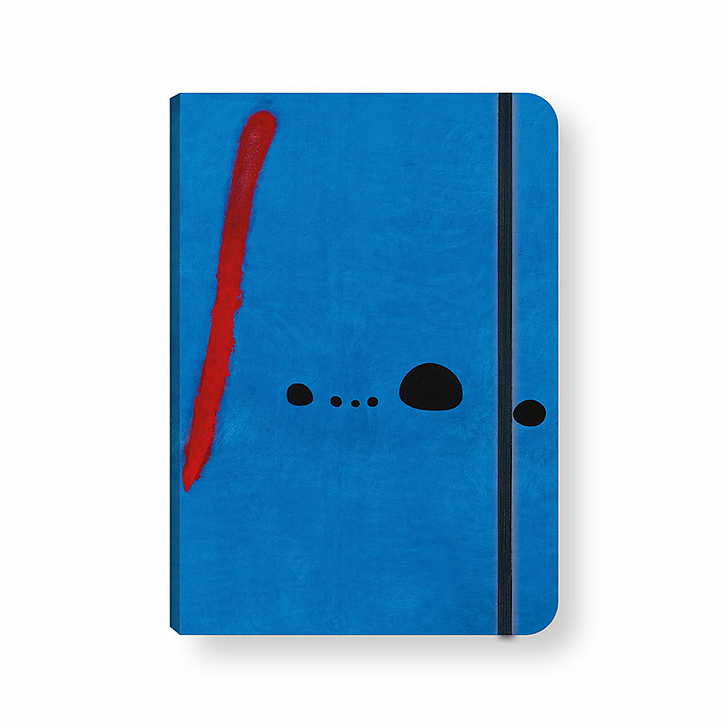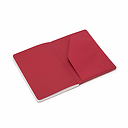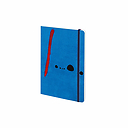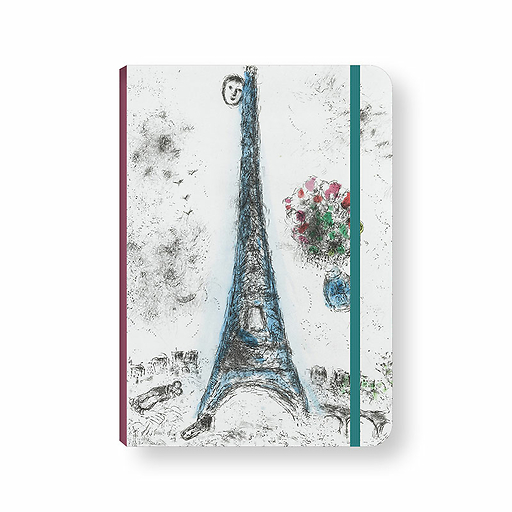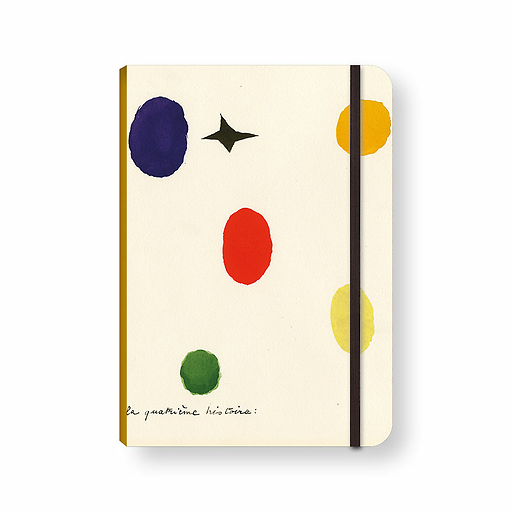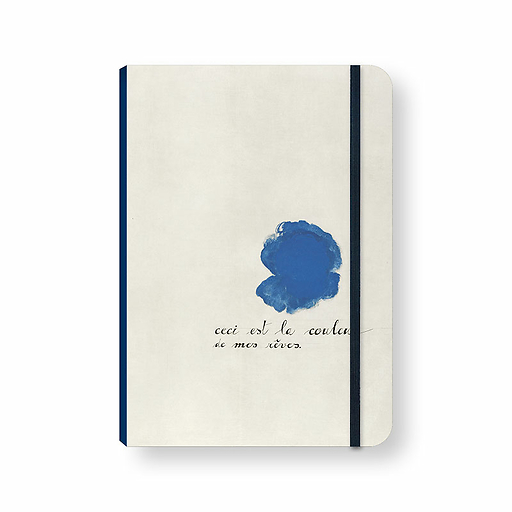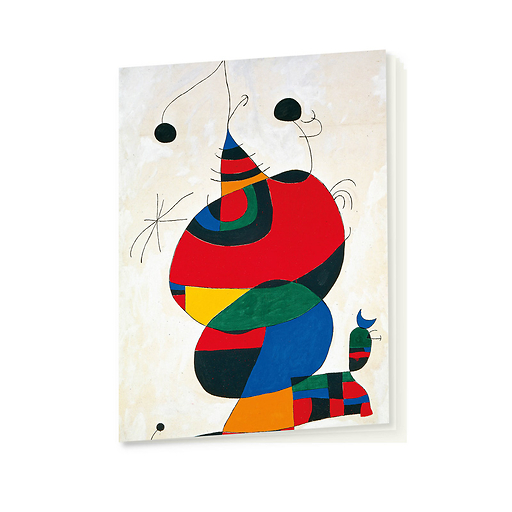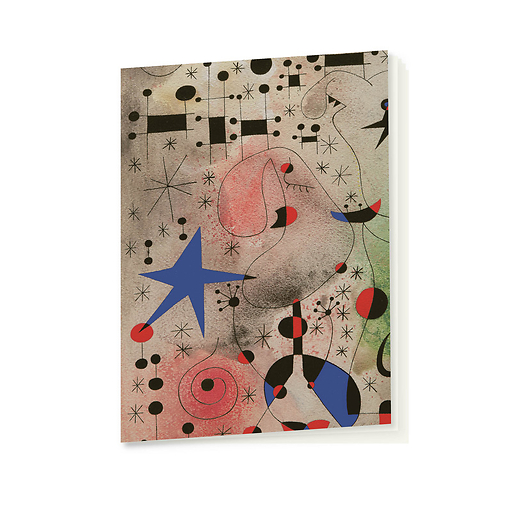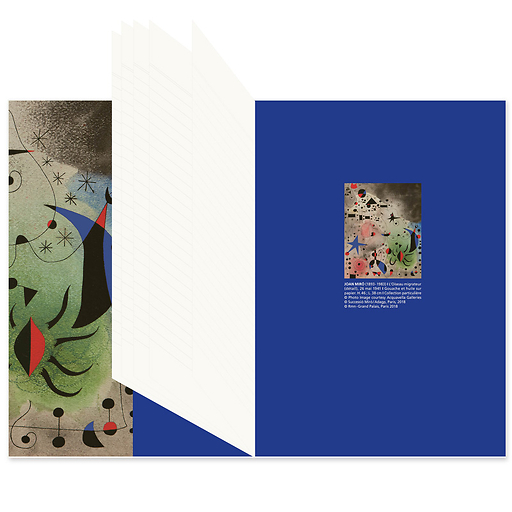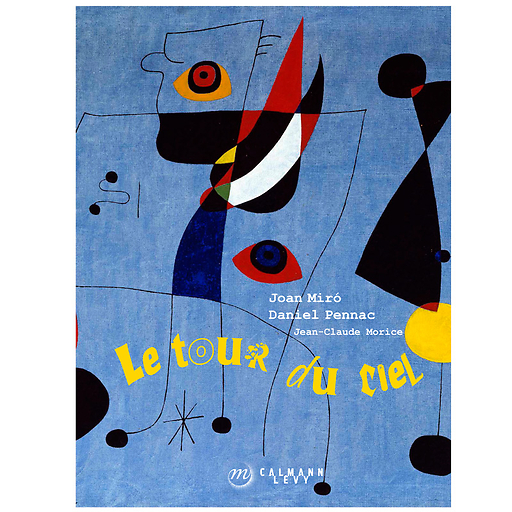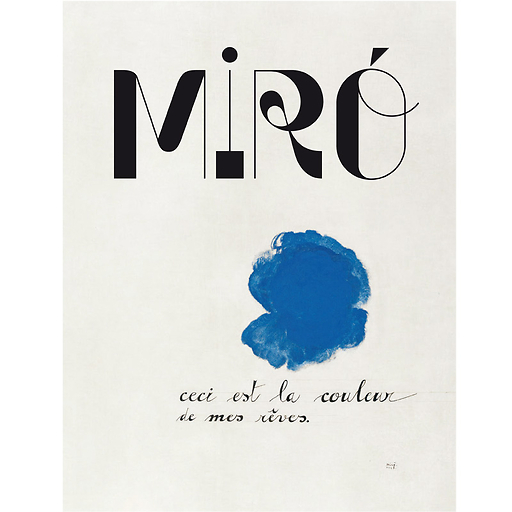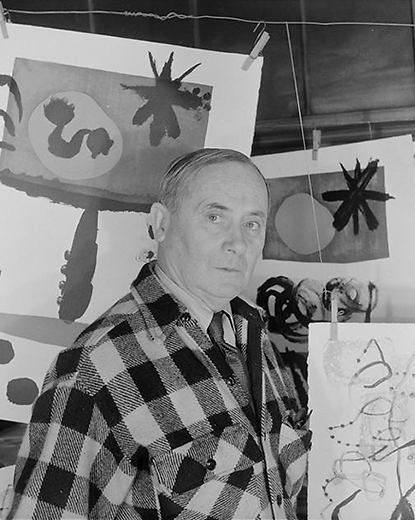Elastic notebook, 15 x 21 cm (5.91" x 8,27") - 160 dotted pages - Bioprima Book paper 85 g/m² - Made from chlorine-free pulps - Printed in Italy in compliance with environmental standards.
Joan Miró (1893-1983)
Bleu II-III (triptyque) (detail), 4 march 1961 - Oil on canvas. H. 270 ; L. 375 cm - Paris...
Read more
Elastic notebook, 15 x 21 cm (5.91" x 8,27") - 160 dotted pages - Bioprima Book paper 85 g/m² - Made from chlorine-free pulps - Printed in Italy in compliance with environmental standards.
Joan Miró (1893-1983)
Bleu II-III (triptyque) (detail), 4 march 1961 - Oil on canvas. H. 270 ; L. 375 cm - Paris, Centre Pompidou, Musée national d'art moderne.
Close

